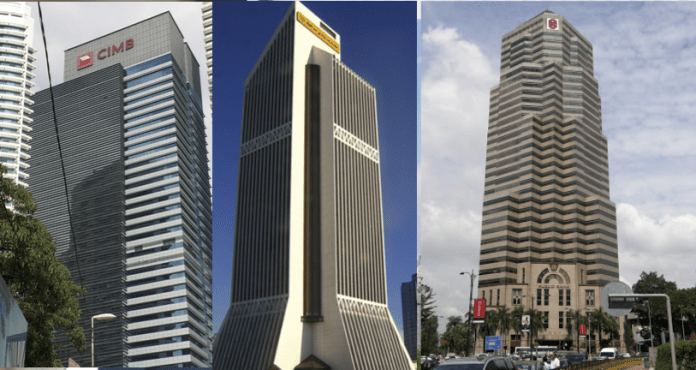MIDF has given its 4Q2033 preview analysis for the banking sector, noting for the sector to experience Nim decline but should be manageable and to watch for credit cost disappointment.
The broker noted that NOII provides the largest source of uncertainty, especially on the trading income end. Forex and loan related fee income should provide some uplift. NIM shouldn’t underperform too much – but some non-retail banks should have it a bit tougher. As alluded to by multiple banks, deposit competition seems a lot more rational this time around (and most banks, fearing a repeat of last year’s deposit competition situation, have gone out of the way to stock up on liquidity in
prior quarters).
It added both BNM’s stats and 4QCY23 preview imply that interest rates have not increased by too much (though Islamic rates remain more elevated than Conventional counterparts). The house said it is wary of a huge surge in pricier non-retail CASA, which may weigh down on some banks.
Among its detailed analysis notes that NCC may be higher than expected – kitchen sinking is expected. Writebacks are possible in some cases, especially with most banks’ worst asset quality days behind them, and BNM pressuring for overlay reclassification/removal. But expect some disappointments BNM stats point towards 4QCY23’s NCC being much higher than the previous 3 quarters, AMMB will likely utilise the proceeds for tax-credit write-off for a large provision – MIDF believes other banks with low LLC or guiding for further asset quality issues will do something similar, 4Q and 2Q are auditing quarters – this is often associated with surprise provisions.
Recall that CY23’s +5.3% yoy loan growth ended up surpassing expectations. Retail loans remained steadfast as ever, despite initial worries of a potential slowdown on the residential mortgage end (which we may instead see reflected in
subsequent quarters). Credit cards saw a standard year-end festive season boost. Business loans saw a strong rebound, most notably on the working capital end. A post-election uplift had been largely guided by banks – the brunt of drawdowns must have happened within the quarter.
While not yet reaching last quarter’s highs, note high base effects – last quarter had the largest volume of applications and approvals ever recorded. This quarter, MIDF said it saw a return to form in non-residential property, construction, and unsecured loan segments.
Good news: this was largely driven by CASA – more specifically non-individual CASA (which while pricier than retail
CASA balances, remains much cheaper than FDs). FD growth was a bit lacklustre – we think it may be attributable to (a) Banks having clamoured for liquidity much earlier, given the abnormal deposit situation this year, (b) Banks are still employing NIM optimisation exercises (albeit minor compared to previous quarters).
MIDF expects major writeoffs and writebacks within the quarter. There was some irritation with personal loans – the house said it will be keeping an eye on ABMB and BIMB, given its large exposure to the segment. While construction remained roughly flattish, note that if split into each month we can see a trend of sharp improvement in earlier months before significant deterioration in Dec-23 – likely due to significant exposure to a single company. As a result, expect the construction portfolio of certain banks to perform much weaker than others









